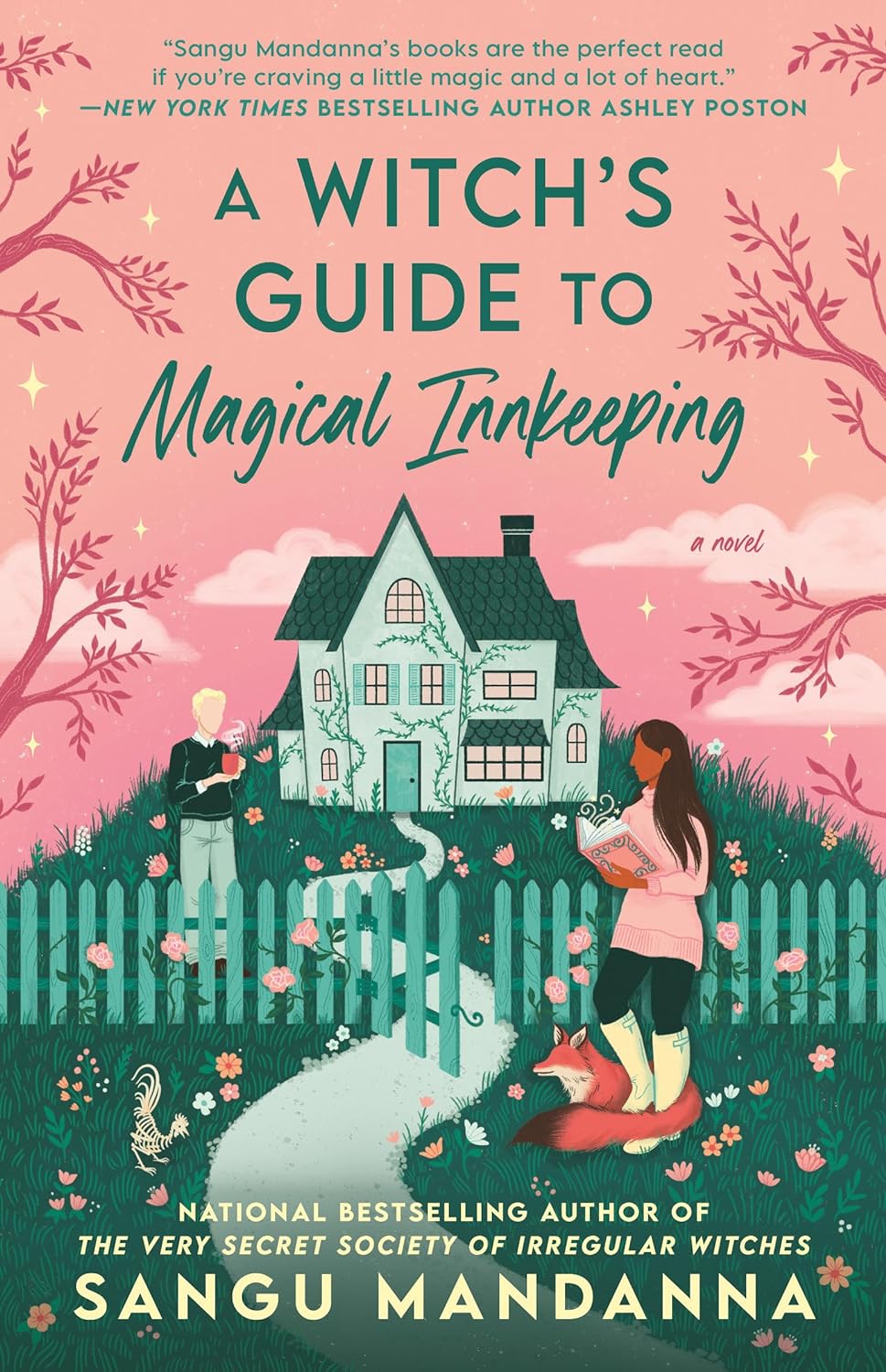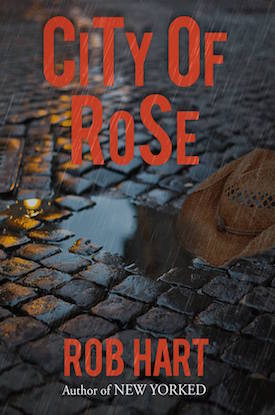 “If collecting scars by means of stupidity were a hobby, I’d be ready to go pro.” — Ash McKenna
“If collecting scars by means of stupidity were a hobby, I’d be ready to go pro.” — Ash McKenna
When readers last saw Staten Island born and bred bouncer/amateur private investigator Ash McKenna (New Yorked), he’d been through the ringer trying to get to the bottom of the murder of his longtime friend and unrequited love, Chell. Along the way things got rough and people, including Ash, got roughed up.
Having burned a few bridges and ruffled more than a few feathers, Ash decides it’s time to take a leave of absence from his beloved New York City. He ends up in Portland, Oregon, working as a bouncer at a vegan strip club named Naturals.
Determined to leave his past in the past, Ash has embraced non-violence and is determined not to slip back into his old ways—control your anger before it controls you is his new mantra. So it’s with only the slightest hesitation that Ash refuses a request from one of Naturals’ dancers, Crystal, to help her locate her missing daughter.
A funny thing happens on the way to tranquility, however. Only minutes after Ash turns down Crystal’s request he is abducted at gunpoint—by a man wearing a chicken mask, no less—and warned off having anything to do with Crystal or the search for her missing daughter. Bad move. There are many things Ash McKenna does not like, but top of the list is being told what to do, or not do as the case may be. Add to the mix the fact Chicken Man breaks Ash’s phone during the abduction and, well, it’s on.

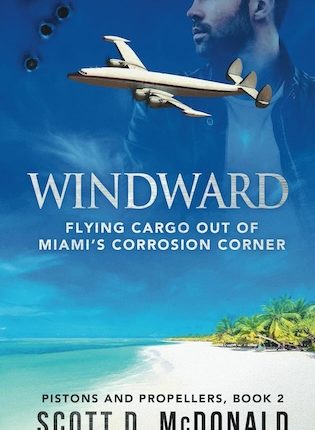
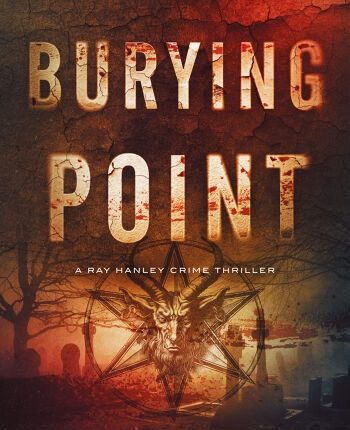
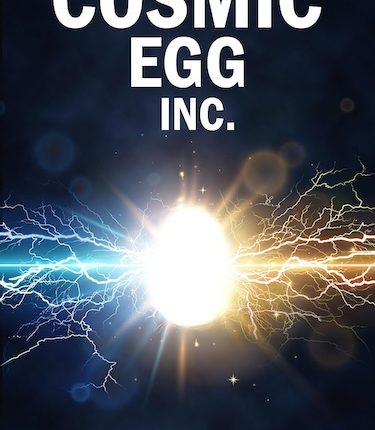
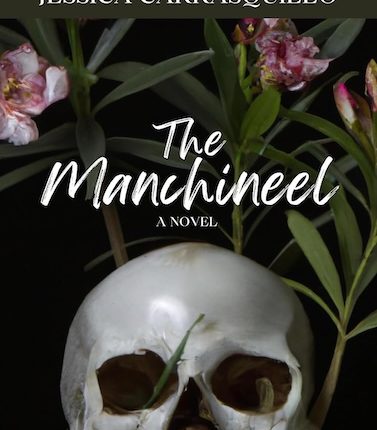
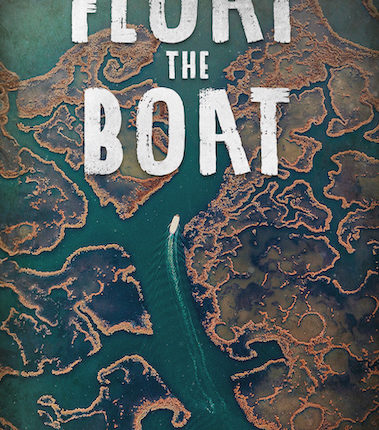
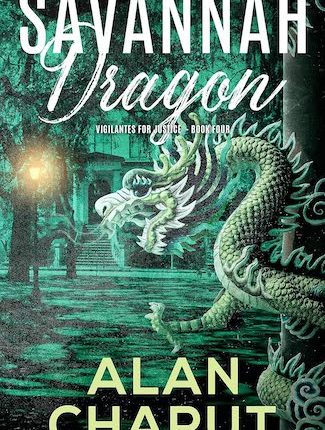
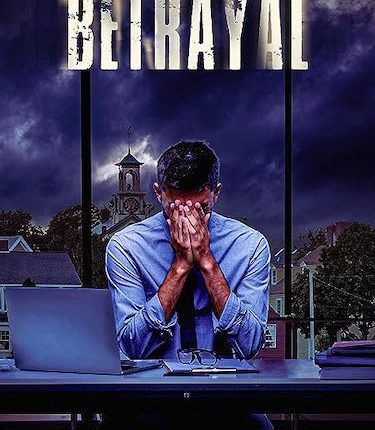
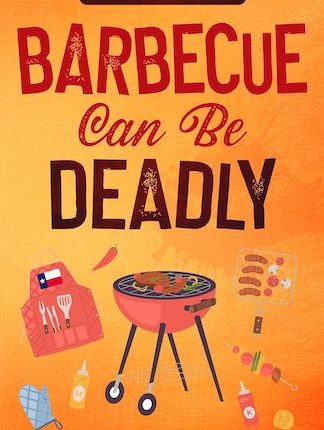
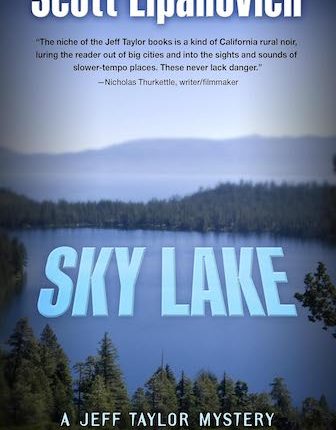
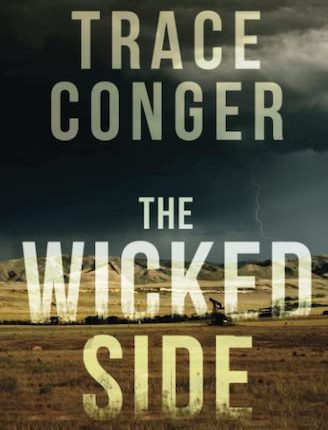
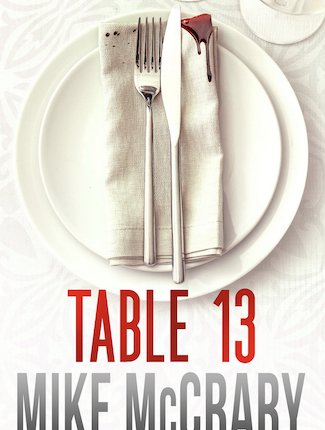
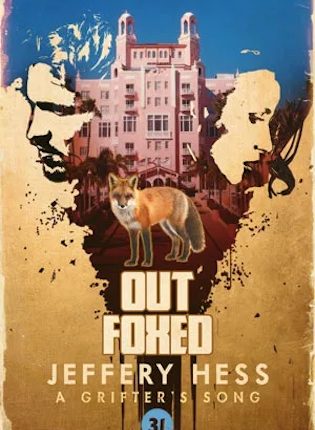
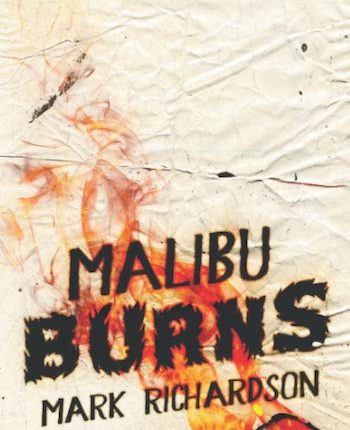
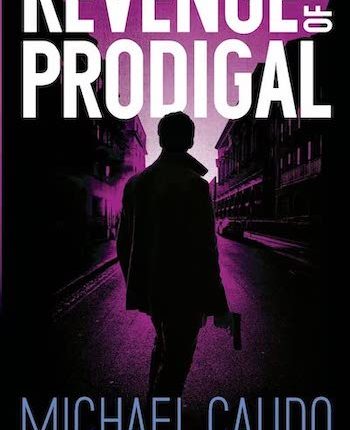
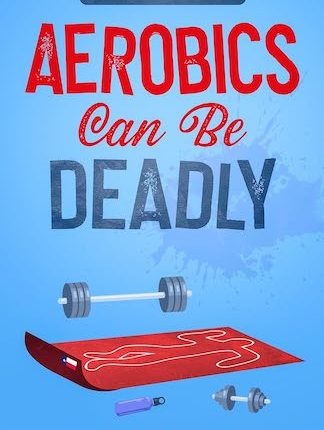
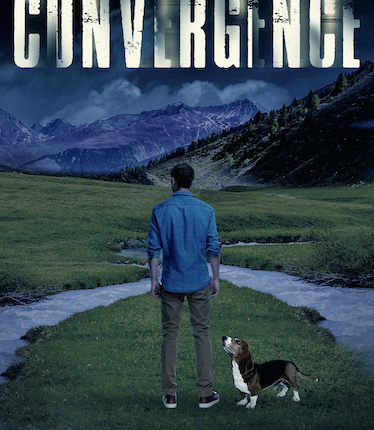
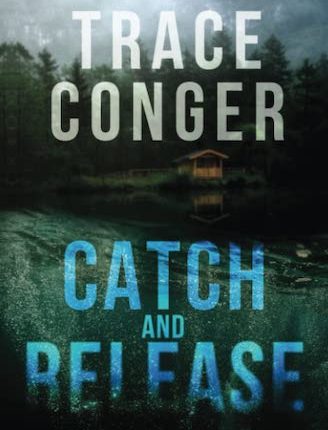
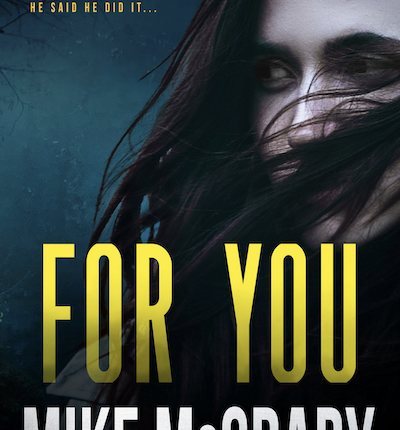
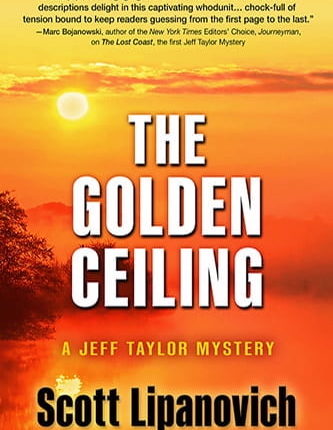
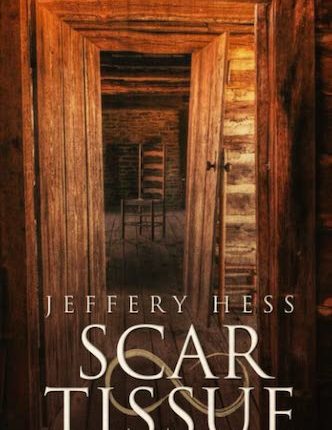
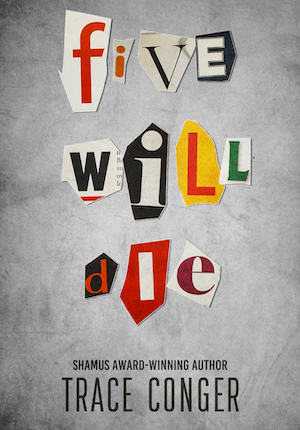
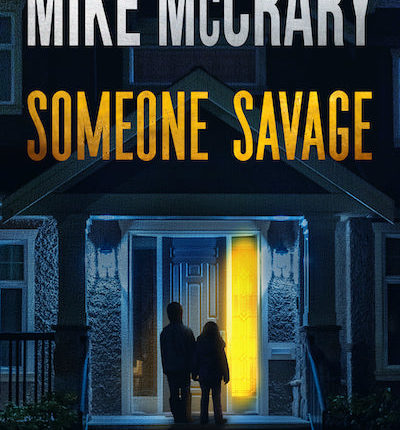
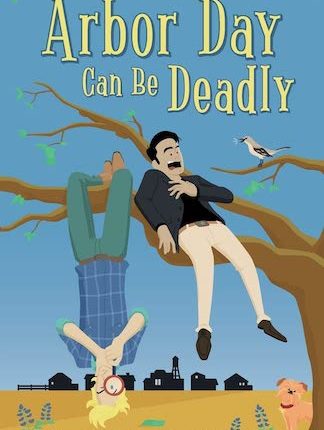
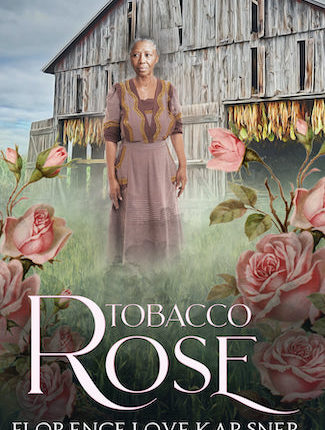
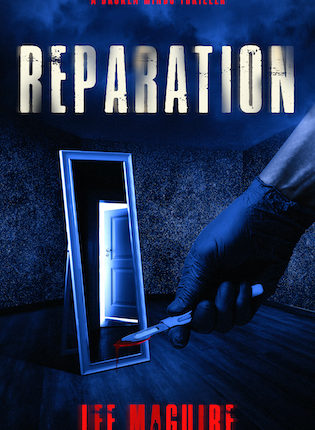
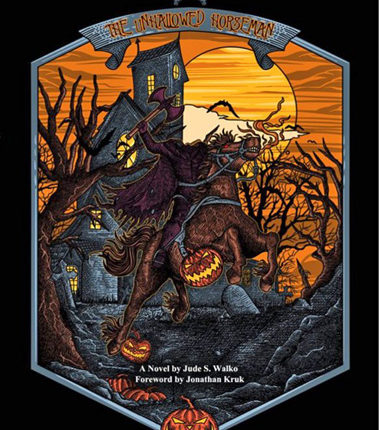
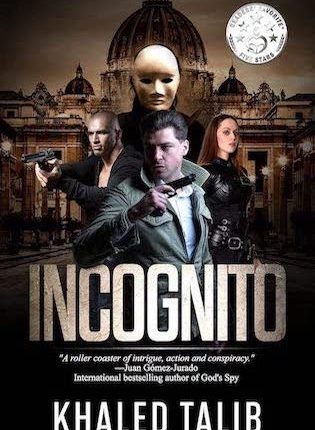
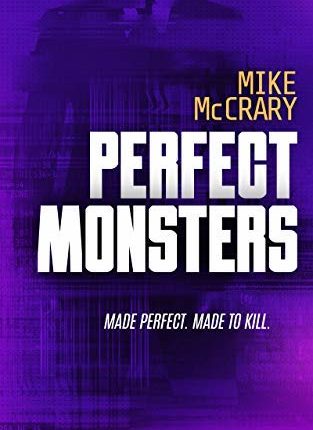
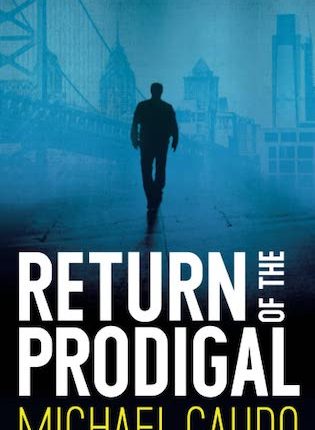
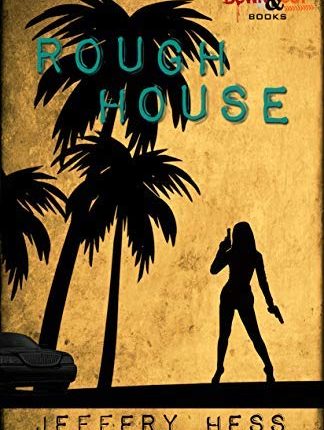
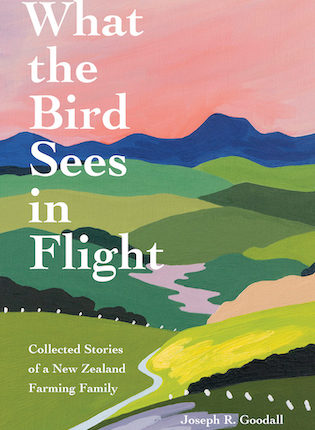
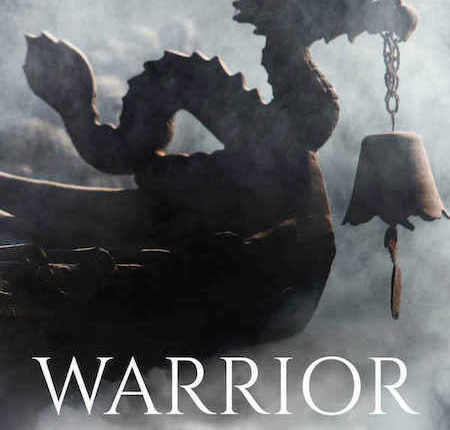
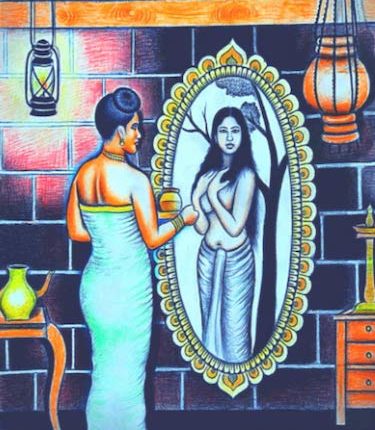
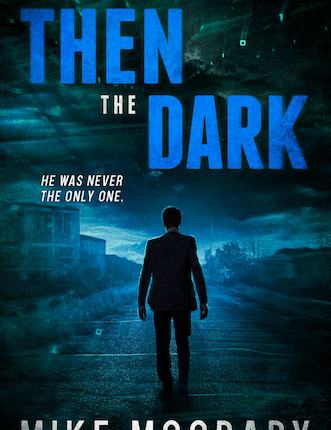
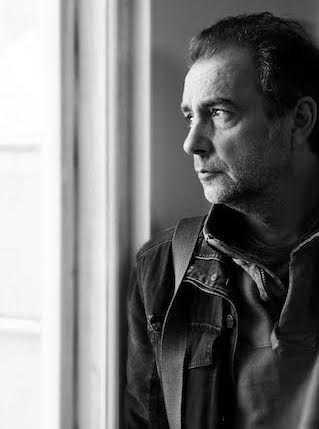 Five Faroe Island Facts
Five Faroe Island Facts The Evolution of a Character
The Evolution of a Character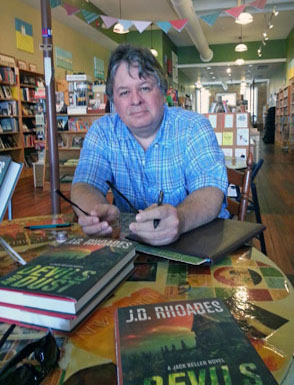 The Joy of the Heist
The Joy of the Heist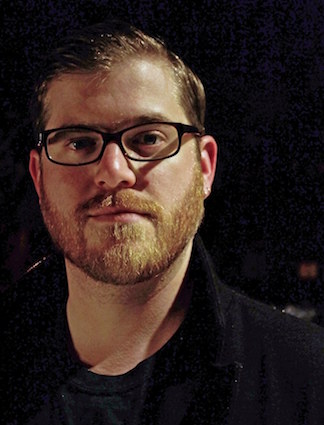 Food and Fiction
Food and Fiction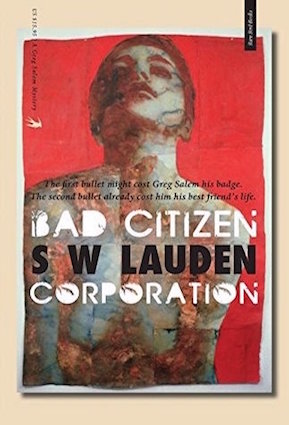
 “I’ve lived through every second of my life and I still don’t know how I got to exactly this moment.” — Greg Salem
“I’ve lived through every second of my life and I still don’t know how I got to exactly this moment.” — Greg Salem
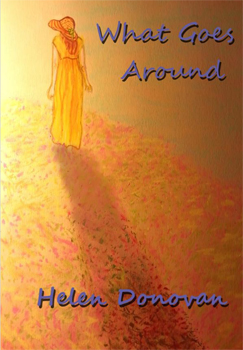


 Art + Money = Crime
Art + Money = Crime





